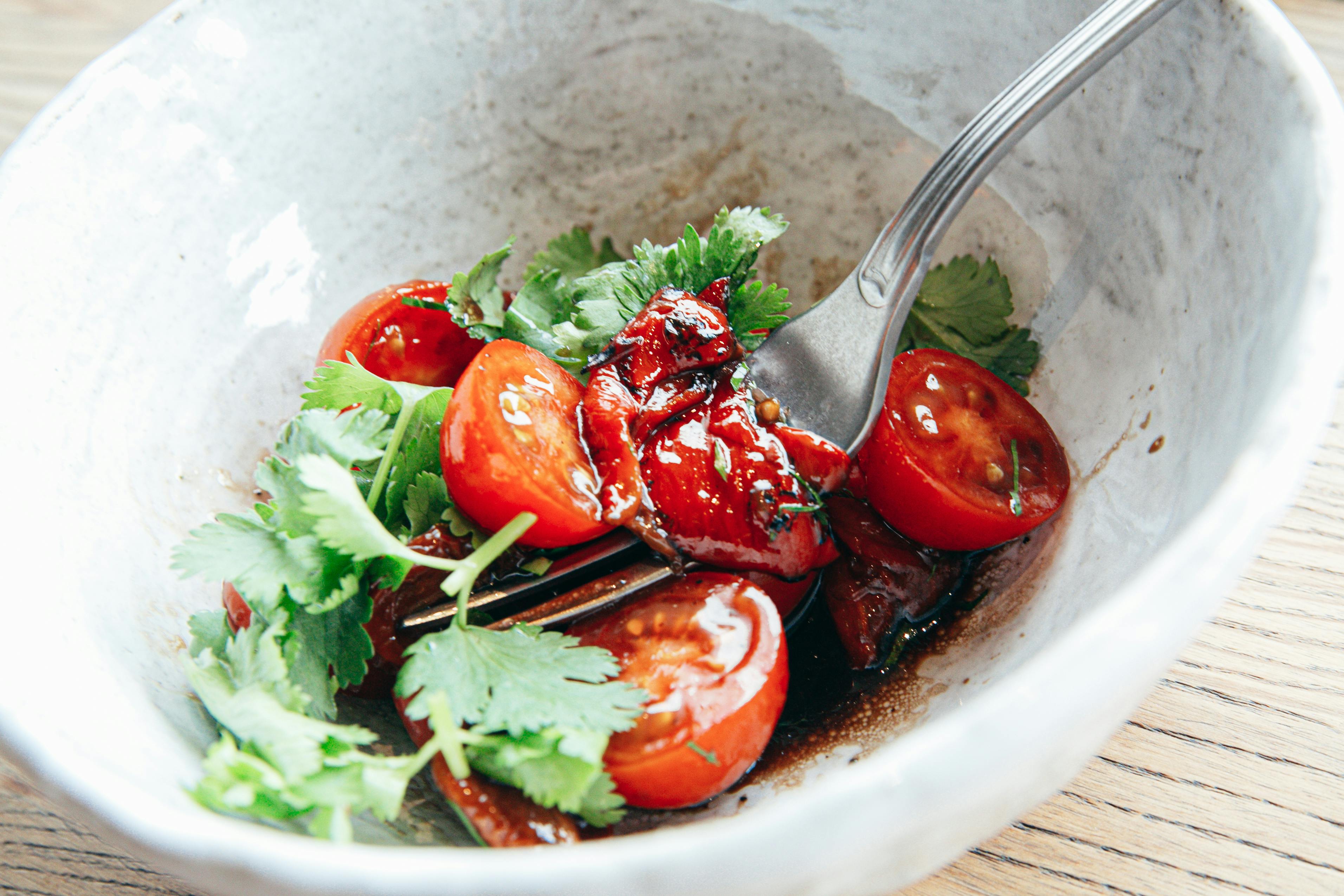Soapmaking is a subtle process, but the ingredients used to make soap are simple and include lye, oils, water, fragrances, dyes, and other optional additives. The oils and fats used in soap can come from vegetable or animal fats. The most practical oils for soap making are fixed oils, which can be heated to high temperatures without evaporating, and include different base oils such as palm, olive, and coconut oils. There are two fats used in soap making: saturated fats, which make soap hard, and unsaturated fats.
Fats are usually in solid form first and must be melted before use, such as shea butter and cocoa butter, which are examples of saturated fats. Most vegetable oils found in liquid form are unsaturated fats and are generally used to make up liquid soap. When using these fats to make bar soap, saturated fats must be mixed; a harder bar results when a higher amount of saturated fat is used. Traditionally, lye is extracted by hand from the ashes of wood, as it is usually found in most grocery or hardware stores. In soap making, lye is the component that hydrolyzes fats or oils and transforms them into soap.
Tap water is not ideal for soap making because it contains additives and minerals, so using spring or bottled water is best for soap making. Aromatic oils are of two types, fragrance oils and essential oils. Fragrance oils contain alcohol and are man-made and are generally avoided; the other chemicals and alcohol in fragrance oils can dry or irritate skin, cause unexpected problems in the soap-making process, and can also ruin the final mix.
Commercial soap makers often prefer the fully boiled method. All the ingredients are added at once, in a large container, and heated to trigger the soap-making process, with glycerin being a by-product created through this method. Commercial soap makers typically remove the glycerin and sell it; still, your soap, with the glycerin still in it, will be, unsurprisingly, more moisturizing and skin conditioning than commercial bars.
Re-dosing refers to the process of melting soap scum, or pieces of soap base, and reshaping them. Rebatching is helpful if you have soaps that are warped or have cosmetic blemishes, but are still usable; it also helps to bring out any medicinal or beautifying benefits of any herbs you have added to make soap.
